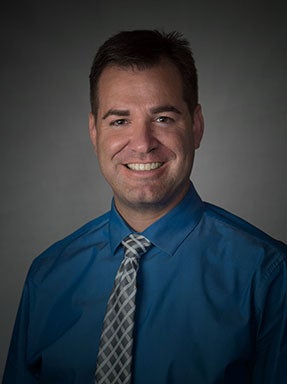Helping Patients With Parkinson’s Live a Better Life
Research at DU is aimed at reducing the side effects of Parkinson’s disease
Deteriorating motor skills, uncontrollable tremors, the inability to perform everyday tasks. Those are the challenges that as many as one million Americans with Parkinson’s disease face every day. There is no cure for the disease, but medication and therapy is used to treat symptoms.
“This is going to help patients with Parkinson’s disease,” says associate professor Mohammad Mahoor about the work he is doing in his computer engineering lab at the University of Denver. “We are processing human brain signals to recognize human activities from core brain signals.”
His research started three years ago and continues now, thanks in part to the opening of the Knoebel Institute for Healthy Aging at DU. The institute focuses on finding ways to increase the healthy years of life by encouraging interdisciplinary coursework and research at DU, and by collaborating with community partners.
Mahoor’s research centers on helping patients with Parkinson’s find a better way to live with the side effects of the disease. One method uses deep brain stimulation (DBS) which involves the implantation of a device called a neurostimulator (sometimes called a “brain pacemaker”), which helps send electrical impulses to specific targets in the brain.
One issue with the current DBS system is that doctors have to make adjustments depending on the types of activities the patient is doing. Mahoor hopes to be able to change that. “We are trying to use machine-learning techniques and computer algorithms to recognize a patient’s behaviors,” he says. “Once we recognize behaviors, then we can adjust the DBS parameters and the signals.”
This research would not be possible without collaboration. Twelve graduate students and one post-doctoral student are helping with the research at DU. Mahoor has also partnered with the Colorado Neurological Institute (CNI).
“We record brain activity in surgery from patients who are undergoing deep brain stimulations,” says Sara Hanrahan, a scientist with CNI. “We want to use those signals to understand what the patient is doing at any time so we can have a DBS personalized for that patient.”
Mahoor says without the data and testing being done by CNI, his work would not be possible. “Doctors and engineers are working together to solve a scientific problem,” he says. “It’s not something I can do by myself as an engineer by sitting in my office and coming up with an algorithm. That’s the kind of collaboration that we are doing.”








